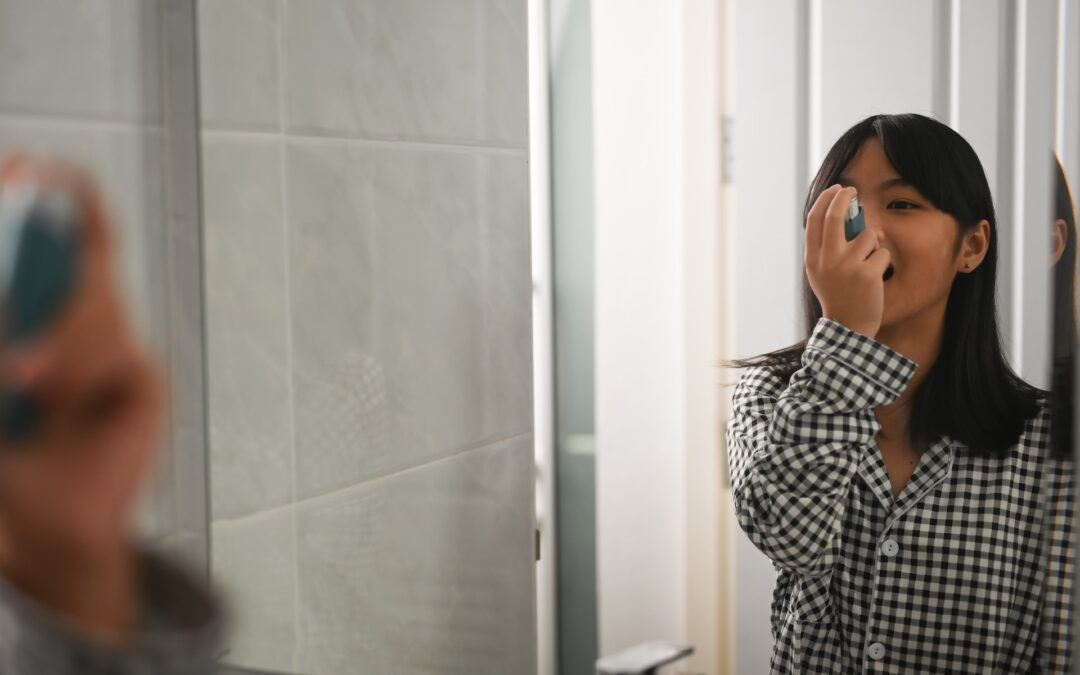Coughing is a natural reflex that helps clear the airways of irritants and mucus. However, when coughing becomes persistent or severe, it can indicate an underlying health problem. This is especially true for children, who are more susceptible to respiratory infections and allergies.
In children, coughing is a common symptom of respiratory infections, such as the common cold, flu, or bronchitis. It can also indicate asthma, allergies, or other health problems. Coughing is a common symptom in children with weak immune systems or underlying health problems, especially during the winter when respiratory infections are more prevalent. For this reason, parents must observe their children’s coughing patterns to alleviate the problem. To help you with this, we will discuss the most common coughs in children, including:
1. Barking Cough
A barking cough is a dry, harsh cough that sounds like a seal barking. It is usually caused by croup, a viral infection that affects the upper airways and causes inflammation and swelling of the vocal cords. It is common in children between 6 months and 3 years old.
A cool-mist humidifier in your child’s room is recommended to alleviate croup symptoms, but you can also let them take a hot shower or sit in a steamy bathroom. You must ensure that your child stays hydrated by consuming ample fluids. While croup often resolves independently, contacting your child’s pediatrician is advisable if you suspect it. If your child experiences difficulty breathing, you must call 911 for immediate attention.
2. Dry Cough
A dry cough does not produce mucus or phlegm, caused by different factors like viral infections, allergies, or asthma. It can be persistent and irritating, especially at night. If your child experiences a dry cough that worsens at night or after physical activity, you must consult a pediatrician to check for asthma. Asthma requires medical attention and cannot be resolved naturally, so you must manage asthma triggers like dust, mold, pollen, and pet dander at home. If asthma is not the cause, your child must consume sufficient fluids to alleviate mucus buildup.
3. Green Mucus Cough
A green mucus cough is a cough that produces thick, green mucus or phlegm. This is usually caused by a cold or bacterial infection, such as sinusitis or pneumonia, typically cause it. It can accompany other symptoms, such as fever, fatigue, and chest pain.
You must avoid antibiotics because they are ineffective against the common cold, which will naturally resolve itself. If your child cannot blow their nose, you can use a bulb syringe to remove mucus. Saline nose drops and a cool-mist humidifier may also provide relief. Consult a pharmacist or pediatrician before giving any over-the-counter cold medicine specifically designed for children. Furthermore, if you suspect your child has a sinus infection or pneumonia, contact their pediatrician for further guidance.
4. Wheezing Cough
A wheezing cough is a cough that produces a high-pitched whistling sound when your child breathes in or out. Asthma, allergies, or bronchitis usually cause it, though other symptoms, such as shortness of breath, chest tightness, and fatigue, can accompany it. This is usually an airway infection called respiratory syncytial virus (RSV), which typically resolves itself, but you must still inform your baby’s pediatrician. If your baby is experiencing breathing difficulties, seeking immediate medical attention is crucial. Your child must have enough rest and consume enough fluids to alleviate congestion. If the child is older, having them examined by a pediatrician is recommended.
5. Whooping Cough
Whooping cough, also known as pertussis, is a highly contagious bacterial infection that affects the respiratory system. It is characterized by severe coughing fits that can last for several weeks. It is most common in children under 2 years old who are unvaccinated.
If this is the case, your child must get enough sleep and takes time to relax. They should stay in a cool, quiet, and dark environment, as this can reduce the chances of germs spreading. If you suspect your child has whooping cough, contact their doctor immediately because this illness is highly contagious but can be effectively treated.
6. Wiped-Out Cough
A wiped-out cough is a cough that is accompanied by other symptoms, such as fatigue, fever, and body aches. Viral infections, such as the flu or mononucleosis, usually cause it. Taking children’s acetaminophen or ibuprofen is recommended to alleviate symptoms. There’s no need to be overly concerned, as the flu virus will eventually leave your child’s body. However, you must seek medical attention if your child experiences breathing difficulties or has a persistent fever.
Conclusion
Children are more susceptible to coughs than adults, making them at risk of developing various conditions. For this reason, parents must be vigilant in monitoring their children’s health and seeking medical attention if necessary, especially since a cough often indicates an underlying condition. By understanding the different types of coughs and their potential causes, parents can better assist their children in finding relief and recovering from their symptoms.
In & Out Urgent Care can help if you need urgent care in New Orleans, LA! Health problems should never be ignored, so we will prescribe appropriate treatment to ensure good health. Schedule an appointment today!

